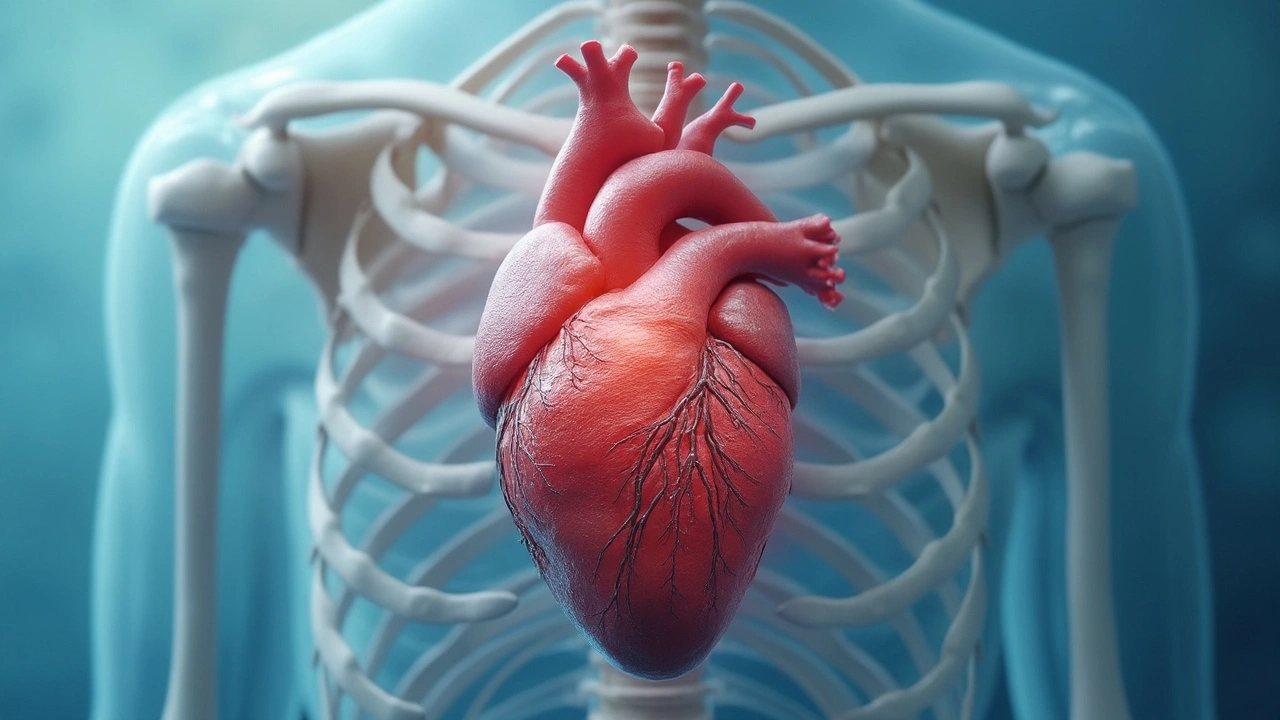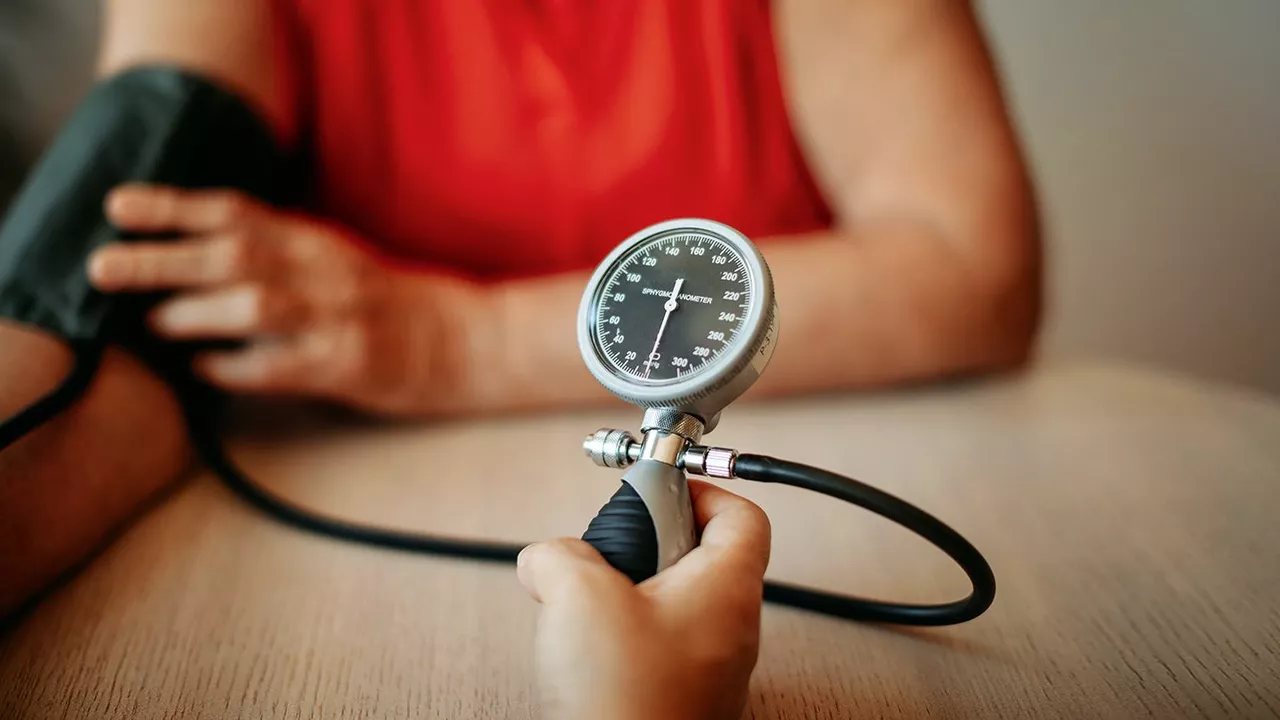Blood pressure: what the numbers mean and what you can do
Blood pressure is one of the simplest health checks, but it tells you a lot. The reading has two numbers: systolic (top) and diastolic (bottom). Normal is under 120/80 mmHg. Readings from 120–129/<80 are elevated; 130–139/80–89 is stage 1 hypertension; 140/90 or higher is stage 2. If your number hits 180/120 or higher with symptoms like chest pain or severe headache, seek emergency care.
Want accurate readings? Sit quietly for 5 minutes, keep your back supported and feet flat, and use a cuff that fits your arm. Measure on the same arm each time, and take two readings one minute apart — use the lower one. If home devices disagree with your clinic, bring your device to your doctor for calibration.
What affects your blood pressure
Many everyday things change numbers. Salt and processed foods push it up. Being overweight raises it. Lack of sleep, stress, and too much alcohol matter. Some medicines — like NSAIDs, decongestants, and certain herbal supplements — can raise pressure. Long-term conditions such as kidney disease, sleep apnea, and untreated diabetes also raise risk.
Age and family history matter too: blood pressure tends to creep up with age, and if close relatives have hypertension or heart disease, your risk is higher. Smoking doesn’t cause long-term high blood pressure the same way, but it damages blood vessels and makes every reading riskier.
Simple, effective steps to lower blood pressure
You don’t always need a prescription to make a dent in your numbers. Try these practical steps: eat more vegetables, fruit, whole grains, beans and fish — the DASH-style approach. Cut back on salt: aim for under 2,300 mg of sodium daily, or closer to 1,500 mg if you already have hypertension. Move regularly: 30 minutes of brisk walking most days helps. Losing even 5–10% of body weight lowers pressure for many people.
Other quick wins: limit alcohol to one drink a day for women and two for men, quit smoking, manage stress with short breathing breaks or walks, and boost potassium with bananas, potatoes, beans and leafy greens if your doctor says it’s safe. Check sleep — poor sleep or sleep apnea can keep numbers high, so mention it to your clinician.
If lifestyle changes aren’t enough, medications work well. Common classes include ACE inhibitors, ARBs, calcium channel blockers, thiazide diuretics, and sometimes beta-blockers. Your doctor will pick one based on other health issues, side effects, and cost. Stick with follow-up visits and home monitoring so treatment can be adjusted.
Want a quick plan? Start with a week of home readings, bring them to a primary care visit, ask about a simple diet and activity plan, and set one small goal — like swapping processed snacks for fruit. Small changes add up and give you real control over your blood pressure.

Hypertension's Hidden Toll on Bone Health
High blood pressure isn't just a heart concern—it can take a toll on your bones, too. Studies reveal a connection between hypertension and decreased bone density, leading to conditions like osteoporosis. Explore the surprising impact of high blood pressure on your skeletal system and discover practical strategies to support both heart health and strong bones.

The Importance of Monitoring Your Blood Pressure While Taking Ramipril
As someone who takes Ramipril, I cannot stress enough the importance of monitoring my blood pressure regularly. This medication is prescribed to lower high blood pressure, which can help prevent heart attacks and strokes. However, each individual responds differently to medications, so it's crucial to keep track of my blood pressure levels to ensure Ramipril is working effectively for me. Regular check-ups with my doctor are also a must to discuss any adjustments to my dosage, if needed. By staying vigilant and informed, I can make the most of this medication and maintain a healthier lifestyle.
-
27.05.23 -
Alistair Mukondiwa -
9
- Health and Wellness (57)
- Drug Information (45)
- Pharmacy Information (19)
- Medical Conditions (17)
- Supplements (4)
- Travel Health (2)
- Parenting (2)
- Diabetes (2)
- Mental Health (2)
- Heart Health (1)
-
Healthcare System Shortages: How Hospital and Clinic Staffing Crises Are Affecting Patient Care
1 Dec 2025 -
Celebrex (Celecoxib) vs. Common Alternatives: Pros, Cons, and How to Choose
1 Oct 2025 -
Retinal Vein Occlusion: Understanding Risk Factors and Injection Treatments
21 Nov 2025 -
Medication Storage and Disposal: How to Safely Handle Prescriptions at Home and Beyond
8 Dec 2025 -
How Antioxidants Help Manage Proctitis: Benefits, Sources, and Safe Use
5 Oct 2025

12.03.25
Alistair Mukondiwa
11